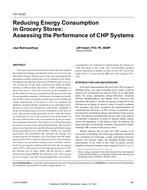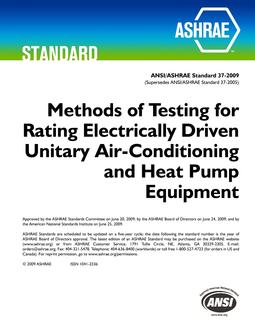Today’s Societal demands to control climate change are forcing HVACR equipment designers to consider new lower GWP refrigerants, some of which are slightly flammable under certain conditions. Flammability risk, in the event of a leak, can be lowered by reducing the potential for forming a refrigerant/air mixture that can reach the lower flammability limit (LFL) in the event of a leak into a confined space. Unfortunately when a leak occurs, uniform mixing does not occur immediately. This can result in localized refrigerant/air peak concentration, which could exceed the LFL, a safety factors must be applied in addition noise factors must also be considered in the application. While the LFL could be exceeded, it should be kept in mind that the peak concentration only exists in the room for a short period of time. ASHRAE Standard 34 developed a safety factor of 4 to 1 (25% of LFL) based on the LFL determined at the worse case formulation for flammability (WCF) or at the worse case fractionation for flammability (WCFF). This 25% LFL safety factor was developed as an arbitrary safety factor to protect against the general application of any products using flammable refrigerants.
This paper will support setting a safety factor as low as 2 to 1 (50% of LFL) when setting the charges limits for A2L flammable refrigerants depending on the HVACR products application refrigerant charge and application height. Computational fluid dynamic (CFD) analysis was performed to support the justification of setting the safety factor. Numerous fast leak scenarios, 1 to 20 min leaks, were evaluated at various heights, room areas and refrigerant charge sizes with two refrigerants, R32 and R1234yf and maximum refrigerant charges will be summarized for comparison purposes at various LFL endpoints.
Citation: 2017 Annual Conference, Long Beach, CA, Conference Papers
Product Details
- Published:
- 2017
- Number of Pages:
- 8
- Units of Measure:
- Dual
- File Size:
- 1 file , 1.7 MB
- Product Code(s):
- D-LB-17-C046


